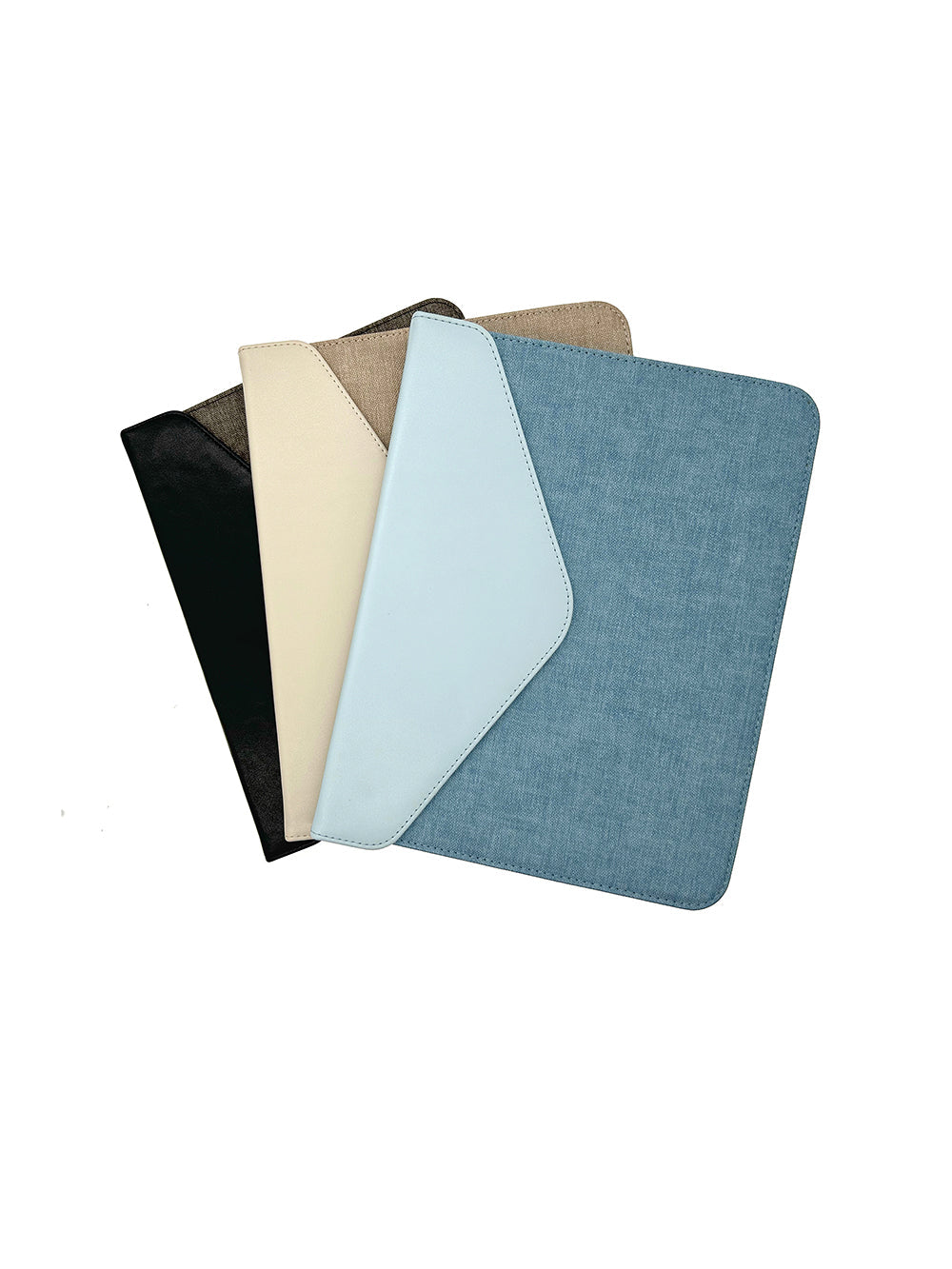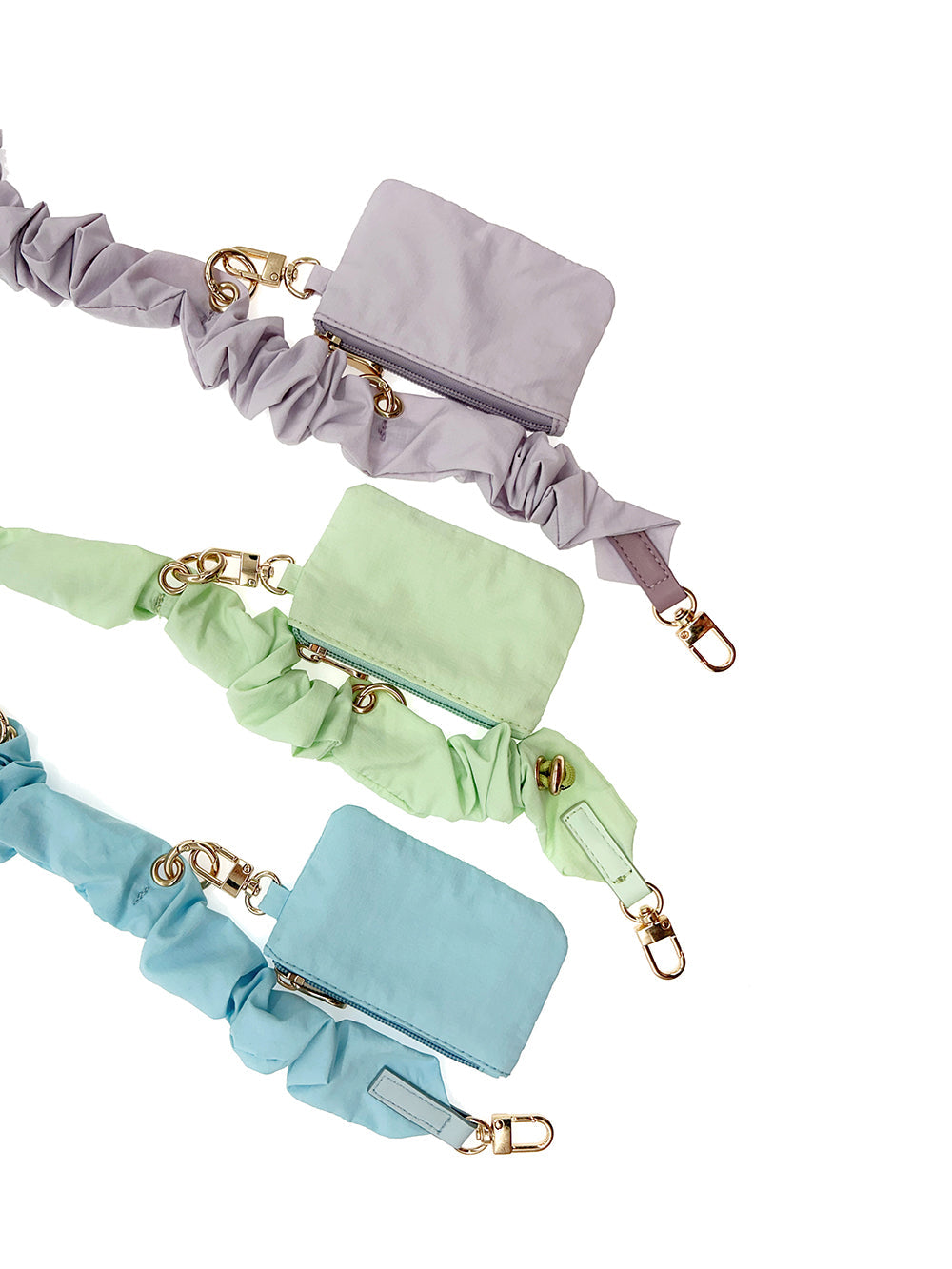
How Vegan Leather is Made: A Sustainable Alternative
Share
As the demand for ethical and eco-friendly fashion grows, vegan leather has emerged as a popular alternative to traditional animal leather. Unlike conventional leather, which comes from animal hides, vegan leather is crafted from plant-based or synthetic materials, offering a cruelty-free and often more sustainable option. But how exactly is it made? Let’s explore the process behind this innovative material.
What is Vegan Leather?
Vegan leather, also known as faux leather or synthetic leather, mimics the look and feel of real leather without using animal products. It can be made from a variety of sources, including:
- Plant-based materials (e.g., pineapple leaves, mushrooms, cork, apple peels)
- Synthetic polymers (e.g., polyurethane (PU), polyvinyl chloride (PVC))
- Recycled and upcycled materials (e.g., recycled plastics, rubber)
Each type has its own production process and environmental impact some, like our vegetable-tanned leather alternative, strike a balance between tradition and eco-awareness.
How Vegan Leather is Produced
1. Polyurethane (PU) and Polyvinyl Chloride (PVC) Leather
Most conventional vegan leather is made from PU or PVC, like our modern PU leather diaper bag, designed with sustainability and utility in mind., which are petroleum-based plastics. Here’s how they’re made:
- Base Fabric Layer: A textile backing (often polyester or cotton) is coated with a plastic polymer (PU or PVC).
- Coating & Texturing: The polymer is applied in liquid form, then embossed with patterns to mimic real leather grain.
- Drying & Finishing: The material is dried, treated with dyes, and sometimes given a protective topcoat for durability.
While PU is generally more eco-friendly than PVC (which releases harmful chemicals), both rely on fossil fuels and are not biodegradable.
2. Plant-Based Vegan Leather
Innovative companies and brands now create leather alternatives and some, like our eco-inspired leather handbags, blend aesthetic value with sustainable ideals. Some popular plant-based options include:
Piñatex (Pineapple Leather)
- Made from pineapple leaf fibers, a byproduct of agriculture.
- The fibers are extracted, washed, and dried, then mixed with a bio-based resin to create a durable, flexible material.
Mushroom Leather (Mycelium)
- Grown from mycelium (the root structure of mushrooms) in controlled environments.
- The mycelium forms a dense, leather-like mat, which is then treated and dyed, ideal for small accessories like a sustainable travel wallet crafted with an ethical mindset.
Apple Leather
- Made from apple peels and cores leftover from juice production.
- The waste is ground into a pulp, mixed with polyurethane (for durability), and pressed into sheets.
Cork Leather
- Harvested from cork oak trees without harming them, like how our versatile vegan-style bag combines utility with mindful material choices.
- The bark is boiled, flattened, and treated to create a soft, water-resistant material.
3. Recycled & Upcycled Vegan Leather
Some brands use recycled plastics (like PET bottles) or rubber to create leather-like fabrics. These materials are melted, spun into fibers, and woven into a fabric that can be coated for a leather-like finish.
Benefits of Vegan Leather
- Cruelty-Free: No animals are harmed in production.
- Lower Carbon Footprint: Plant-based options require fewer resources than animal leather.
- Innovative & Sustainable: New bio-fabricated leathers (like mushroom leather) are biodegradable.





